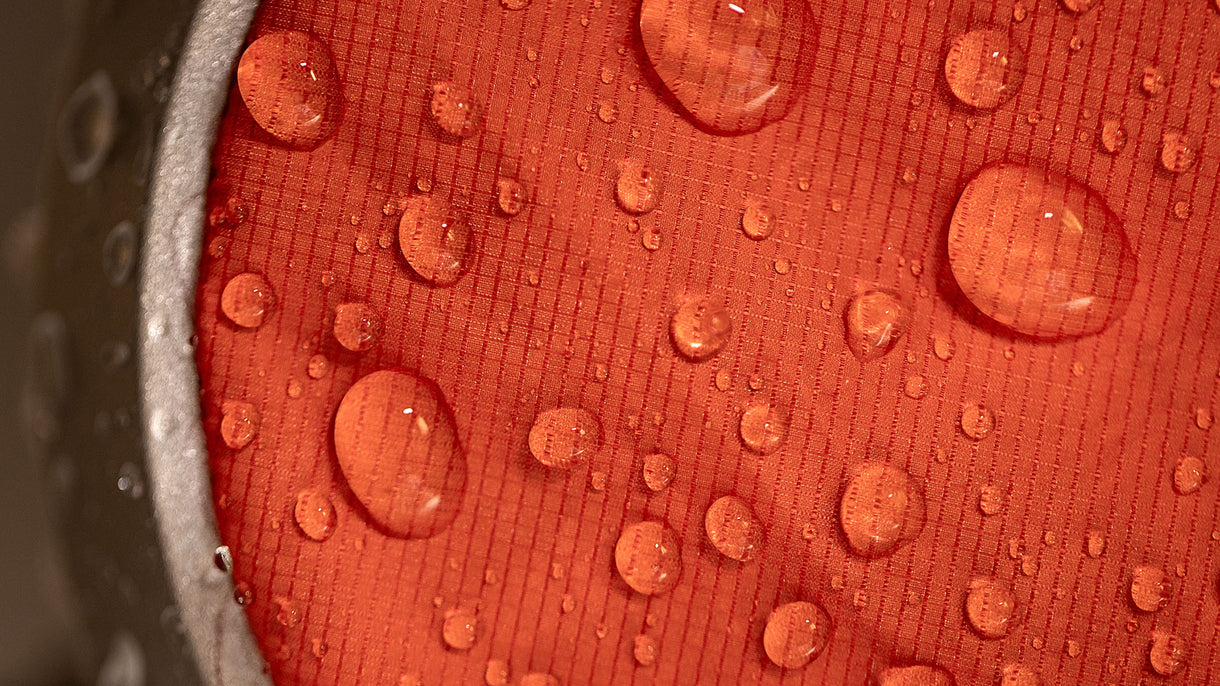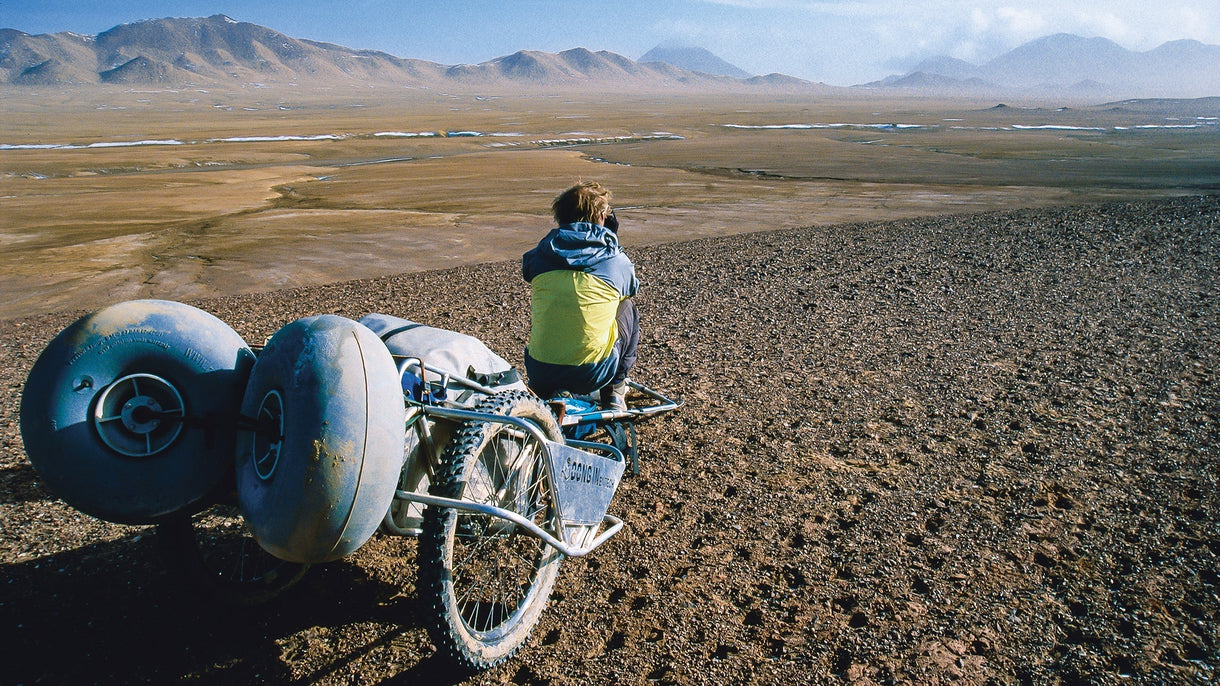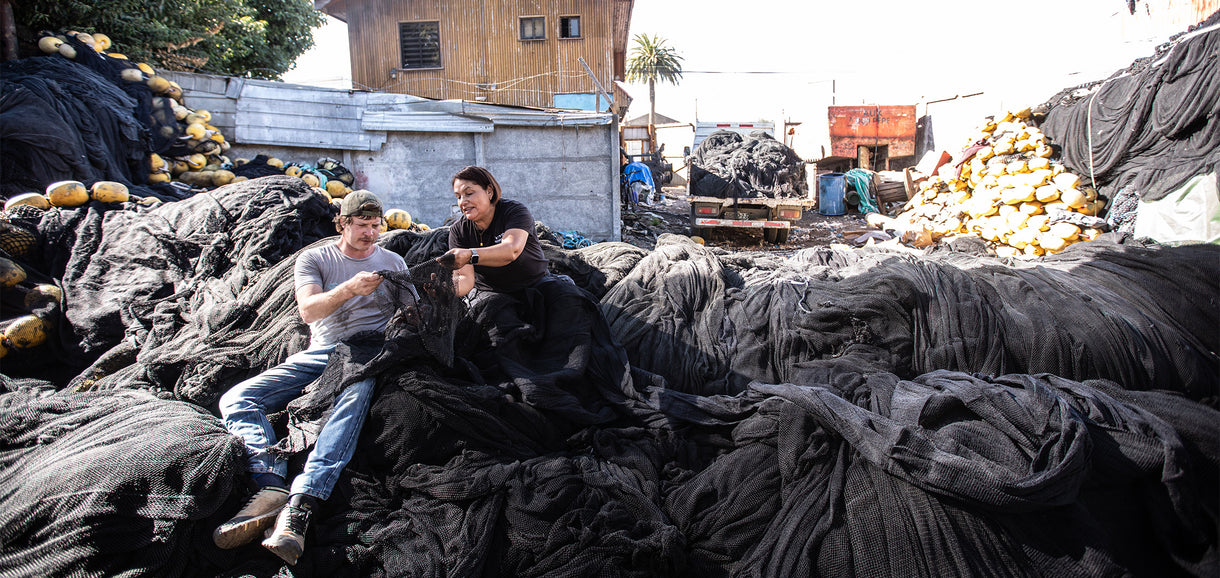Welcoming back the ‘welcoming noise’ near the Arctic Circle.
If you walk your dog every day of the season for many years, you’ll soon start to recognize the changes. You’ll know when the songbirds are gone. And just how much you have missed them until they are back.
This morning—as so many other mornings that I’m following the same familiar route—I’m thinking about the opening line of Jonathan Rosen’s excellent book, The Life of the Skies: “Everyone is a birdwatcher, but there are two kinds of birdwatchers: those who are and those who haven’t yet realised it.” Somehow, I’ve come to believe him.
I have a dog, Rubens. A springer spaniel named after the famous Dutch painter Peter Paul Rubens who also loved to paint beautiful hunting scenes and, I believe, was a true opportunist—being a father eight months after his death at the age of 63. I walk Rubens, the dog, every morning just about the same time of the day and just about the same route as well. And those mornings I’ll notice if birds are back or gone. Or rather if the song is back—if the migration of the songs is a fact and the mornings just come alive. Again.
“Have binoculars, will travel.”
Life up north in Swedish Lapland, just below the Arctic Circle, is pretty well wrapped up into distinct seasons. After summer there will be fall and then winter followed by spring. The indigenous Sámi people will even have eight seasons, just to get it absolutely correct. From October until April the walks with my dog are pretty silent. In late October dark has arrived as well as the cold. Many of the birds will be gone when I drag my Brodeo beanie over my ears and head out into the clear chill of the morning. At five o’clock it’s just me and some dudes training for a triathlon who anticipate the cold chill down at the harbor.
Luleå, where I have my office and live during the week, is a seaport town up north. I walk the waterway by the Baltic Sea, passing the railway station and the concrete mill and then head into a small forest just after passing the four icebreakers that dominate the view of the harbor. But come spring, just there, in the woods, after I’ve passed the icebreakers, the song is back. I hear the chattering sound of at least three different types of thrushes as well as bramblings, willow warblers and wheatears. A couple of days a Siberian jay is also present. I once got a kiss on the cheek from a fellow at Yale after finding a Siberian jay for him in a wood up north—one of the 5,000 markings in his life list. I mean the jay, not me.
 “You just need a pair of good shoes, a bird book, binoculars and a will to be out.” Photo: Håkan Stenlund
“You just need a pair of good shoes, a bird book, binoculars and a will to be out.” Photo: Håkan Stenlund
In all honesty, when looking for birds, when out birdwatching or birding, a friend like Rubens isn’t really of any help. You can ask the Arctic terns that just flew in from the Antarctic if you don’t believe me. They think Rubens is a nightmare. They fly around making all kinds of noise. And in the end, they’ll probably attack me. It’s basically a sign of how easy it is to be a birder. You just need a pair of good shoes, a bird book, binoculars and a will to be out. It’s the simplest way to get involved in the environment that surrounds you. And through my hometown, lots of birds migrate every year. When the “alarm” goes off that a red phalarope has been spotted at the bird tower just behind the Facebook complex, birders from all of the north start burning rubber in their cars to get a glimpse of this rare sight.
“The life in the skies” exists in towns as well as in the wild. And that is probably also the reason why it’s getting ever popular. It’s estimated that some 50 million people are birders in the USA, with more than 3 million in the UK, and birdlife.org is the world’s largest nature conservation partnership with partners in 120 countries around the world. The migration of songs is all around the globe. Have binoculars, will travel.
I like the Arctic tern, despite the noise and the “attacks.” No other bird in the world will migrate for a longer distance between winter and summer habitats, always looking for the best location where the sun shines 24/7. You just cannot disrespect a creature with a brain the size of a peanut who understands the magic of the midnight sun. So I’ll enjoy the noise they make above Rubens’ and my heads. I know it will be over in a couple of months and they will be gone and we will be alone.
My granddad was a birder. He loved the first sightings of the northern lapwing out in the fields. It was a sign. “Soon it’ll be time for spring tillage,” he would say, knowing that all of the snow would be gone in a couple of weeks and the topsoil would start to dry up so it would be possible to head out with the old tractor again. The northern lapwing came with a message of summer. It was something you knew and longed for. As well as the sight of the first cranes and the Arctic terns and the beautiful ruff, nature’s most gender-fluid bird. But of that I actually knew nothing in my childhood. I just liked the display they put on.
 Northern lapwing. Photo: Ger Bosma
Northern lapwing. Photo: Ger Bosma
When I walk my morning route with Rubens, when the Arctic tern and the song thrushes, as well as the glory of the Arctic daylight, are back in the woods, I know it will be just a couple of days before one of my childhood favorites will emerge in the area of Swedish Lapland where I grew up. The red-listed (vulnerable) lesser white-fronted goose will come flying in. There are only a couple hundred of them left in Feno-Scandia nowadays. But every spring, half of them will land in the tiny village of Ammarnäs, in the Vindelälven biosphere area. And so will I.
More than 50 years ago, in 1964, two well-known conservationists, Sir Peter Scott and Bernhard Grzimek, published the first edition of the Red List of Threatened Species. Back in 1964, the list included 312 bird and 211 mammal species. Ever since the aim has been to raise public awareness about the fate of individual species and come up with concrete ways to preserve their natural habitats. Nowadays, the Red List includes several thousand species, including plants. And quite frankly, it’s seldom a very hopeful read. But one result: BirdLife is now the largest nature conservation partnership in the world. And I feel glad carrying my Zeiss around my neck, bouncing against my field scramble jacket.
In 1992, the Pulitzer-prize-winning Harvard scientist E.O. Wilson wrote in his book, The Diversity of Life, that we’re destroying habitats at a disastrous rate. Back then he estimated that by 2020—in other words, now—we will have lost 20 percent of the then existing plants and animals. The rate Wilson was talking about—and that was conservatively speaking according to many—was a mind-blowing and painful read. The earth would be losing 27,000 species a year, meaning 74 species a day or three species per hour. And, sadly, extinction is forever.
I’m not going to tell you I dwell on things like this every morning I walk my dog. There is a bunch of stuff that is more fun. Rubens is a true bird dog. Even if he is getting old and a little tired, even if his arthrosis is getting worse, he’s still the happiest face I ever met. I often wish I was like him, greeting every day like nothing before ever existed: “Hey boss, good you’re up. Let’s go and grab ‘em.” So while I’m slowly waking up, and trying to get into my old Stand-Up Pants and a new field shirt that I’m really starting to like, I’m asking myself why I never put the binoculars back in the same place twice. Because now I can’t find them and I fall into bad language, even though that never helps. Rubens is running around, rambling back and forth from the entrance to the water bowl—filling up the “ink” for all the messages he’s going to leave on trees, bushes, fences, abandoned bikes and old cars. The message? That he is still available and up for anything that is fun. Just like he told the neighbors yesterday, and about every day we have known each other for the last eleven years.
 Rubens leaves his message on a tree. Photo: Håkan Stenlund
Rubens leaves his message on a tree. Photo: Håkan Stenlund
So it’s pretty much the same procedure every morning and I know we are waking up the house. But when I’m out the door, with a cool breeze filling my lungs and closing my field jacket, putting the bird book in one of the front pockets, and we’re heading for that little forest, just after the concrete mill, and the icebreakers, where the magic is, I still feel alive.
Rubens is already under his favorite tree. Some hundred starlings and a group of jackdaws are in the park at the railway station. Rubens chases some jackdaws to flight. The Czechian name for the jackdaw is actually kavka—like the writer who didn’t have so much—and those jackdaws fly around a rowan tree. In a couple of weeks, when the first snow arrives, flocks of Bohemian waxwing will go for the rowan berries. The waxwing has an oversized liver so they can metabolize ethanol better than humans. Don’t drink and fly. If you just pay attention along the route, watching for birds, you’ll learn something about them. And what you know, you might also be willing to protect.
Image Banner: Håkan and Rubens head into the forest on their morning walk. Lapland, Sweden. Photo: Håkan Stenlund
Author Profile

Håkan Stenlund























































